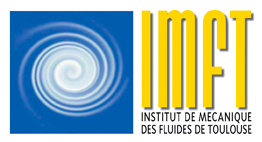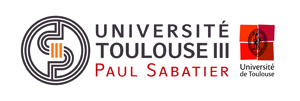« On modelling the Earth »
Séminaire Cédric Thieulot (Utrecht University)
Mercredi 18 Septembre à 10 h 30 Amphithéâtre Nougaro
Abstract :
The field of Earth Sciences underwent a revolution in the late 1950s and early 1960s with the widespread acceptance of the theory of plate tectonics. Many decades later, the knowledge of how our planet works has improved substantially but the picture is not yet complete. Because of the lack of direct access to its interior, geoscientists must rely on indirect measurements as well as mathematical and physical models to account for observations such as seismic waves propagation, surface heat flux, plate velocities, etc.
Because of the large time-scale involved, the Earth can be seen as a body composed of elasto-visco-plastic fluids embedded in a thermal engine driven by the heat of its core. Analogue models use ever-more complex materials (e.g. polymers or powders) and advanced measuring techniques to carry out laboratory-scale experiments. Computational geodynamics, on the other hand, a sub-field of Computational Fluid Dynamics, is relying on increasingly more powerful supercomputers and finely tuned algorithms.
I will begin by introducing the Earth object in the context of its physical fluid properties and how these create a challenge for all modellers. In the second part I will present the analogue and numerical approaches commonly used in our field to model this object, and in the third part I will share my thoughts on the future of this relatively new branch of science.





